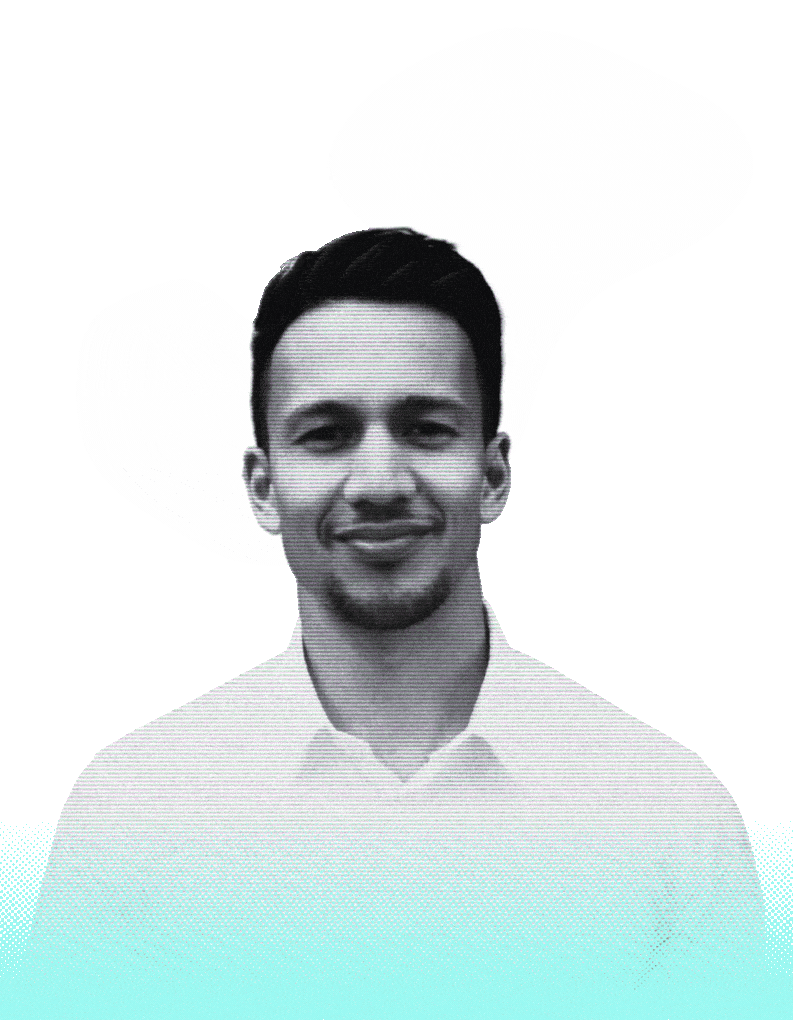

Microlearning in Healthcare: Why Less Is More
An exploration of how focused, bite-sized learning addresses the unique challenges of healthcare professional education
In the demanding world of healthcare, time is perhaps the scarcest resource. Between patient consultations, documentation, and clinical responsibilities, healthcare professionals struggle to find time for continuous learning—despite working in a field where staying current is critical to patient care.
Traditional approaches to healthcare education often fail to acknowledge this reality. Hour-long webinars, day-long workshops, and lengthy eLearning modules may contain valuable information, but they fundamentally conflict with the fragmented attention healthcare professionals can realistically provide.
This disconnect explains why standard online healthcare courses typically achieve only 20-30% completion rates. It's not a lack of interest or motivation—it's a practical impossibility for many clinicians to dedicate uninterrupted hours to learning.
Enter microlearning: the strategic chunking of content into focused segments that can be completed in 5-15 minutes. This approach is proving to be transformative in healthcare education, with my recent projects consistently achieving 53-58% completion rates—more than double the industry average.
The Science Behind Microlearning's Effectiveness
Microlearning isn't just about shorter content; it's about applying cognitive science principles to the unique context of healthcare learning:
1. Cognitive Load Optimization
Healthcare professionals already manage tremendous cognitive load—remembering patient details, monitoring for clinical changes, and navigating complex systems. When learning competes for this limited cognitive capacity, retention suffers.
Microlearning addresses this by:
Focusing on one learning objective per module
Eliminating extraneous information
Chunking content into manageable cognitive units
Providing just-in-time information rather than just-in-case knowledge
A rheumatologist described the difference: "Instead of drowning in a sea of information I might need someday, I get exactly what I need, when I need it—and it actually sticks."
2. Spaced Learning and Retention
Research in cognitive psychology consistently shows that spaced repetition—revisiting content at increasing intervals—dramatically improves long-term retention. Microlearning naturally facilitates this approach.
When I implemented spaced microlearning in the ATLAS rheumatoid arthritis education program, we saw knowledge retention at 86% after three months, compared to typical retention rates of 40-60% for traditional single-session learning.
3. Alignment with Adult Learning Principles
Microlearning naturally aligns with Malcolm Knowles' principles of andragogy (adult learning):
Self-direction: Learners can select relevant micro-modules based on their needs
Experience-based: Micro-scenarios can directly connect to clinical experience
Relevance-orientation: Focused content addresses immediate practice questions
Problem-centered: Each module can target a specific clinical challenge
Real-World Implementation: Structure and Strategy
Effective microlearning in healthcare requires thoughtful design beyond simply "making it shorter." Here's how I approach healthcare microlearning:
The Microlearning Ecosystem
Rather than isolated snippets, effective healthcare microlearning exists within an interconnected ecosystem:
Core Knowledge Modules (5-10 minutes each)
Essential concepts presented concisely
Clear learning objectives
Interactive knowledge checks
Clinical Decision Scenarios (10-15 minutes each)
Application-focused case studies
Branching decision points
Consequence-based feedback
Quick Reference Tools (1-3 minutes each)
Algorithms and decision trees
Dosage calculators
Procedure checklists
Reflection Prompts (3-5 minutes each)
Guided application planning
Implementation intention exercises
Practice commitment frameworks
This ecosystem approach ensures microlearning isn't fragmented but rather forms a coherent learning experience that respects time constraints.
Strategic Content Selection
Not all healthcare content is suitable for microlearning. I use these criteria to determine appropriateness:
Discrete skills that can be practiced independently
Protocol updates that modify existing knowledge
Decision frameworks for clinical reasoning
Communication techniques for specific situations
Equipment or technology use instructions
Concepts requiring extensive scaffolding or fundamental paradigm shifts may still require longer formats, though they can often be broken into connected microlearning sequences.
Case Study: Microlearning Success in Specialized Healthcare Topics
When developing a series on specialized healthcare topics for Arthritis & Osteoporosis WA, I applied these microlearning principles with remarkable results:
We created four main modules (1.5 hours of total content each), but structured as 6-8 microlearning segments per module
Each segment focused on one learning objective
Learners could complete segments in any order based on their needs
Progress automatically saved, allowing seamless resumption
The results demonstrated microlearning's effectiveness:
53% average completion rate (vs. 20-30% industry standard)
87% of participants reported the format better accommodated their schedules
72% of learners applied at least one new technique within 4 weeks
One participant commented: "For the first time, I was able to complete an entire professional development course. I did it in 10-minute increments over coffee breaks and between patients."
Microlearning Best Practices for Healthcare Education
Based on my experience developing successful healthcare microlearning, I recommend these evidence-based practices:
1. Respect the Time Constraint
Be ruthless about content prioritization—include only what's truly essential
State upfront the exact time commitment for each segment
Ensure seamless progress saving and resumption
Consider audio-only options for extreme time constraints (learning during commutes)
2. Focus on Application
Connect directly to clinical workflows
Include realistic scenarios that mirror daily practice
Provide downloadable tools for immediate implementation
Build in reflection moments to bridge learning and practice
3. Design for Cognitive Efficiency
Begin with clear learning objectives
Use consistent navigation to reduce cognitive load
Incorporate visual learning (diagrams, decision trees) where appropriate
Chunk complex processes into manageable steps
4. Support Varied Learning Contexts
Ensure mobile responsiveness for on-the-go learning
Provide downloadable PDF summaries for offline reference
Consider environmental factors (hospital noise, interruptions)
Design for both visual and auditory learning modes
The Future of Healthcare Microlearning
As healthcare continues to evolve, microlearning approaches are becoming increasingly sophisticated:
Adaptive microlearning that personalizes content based on role, experience, and prior performance
AI-driven content recommendation suggesting relevant micromodules based on practice patterns
Just-in-time microlearning delivered through EHR systems at the point of care
Peer-generated microlearning enabling rapid knowledge sharing among healthcare teams
These innovations promise to further enhance the effectiveness of microlearning in healthcare settings.
Conclusion: The Right Tool for Healthcare's Learning Reality
Microlearning isn't a panacea for all healthcare education needs, but it addresses a fundamental reality: healthcare professionals need continuous learning that fits into their complex, demanding workflows.
By respecting the constraints of clinical practice while applying cognitive science principles, microlearning offers an effective solution to the persistent challenge of healthcare professional education. The consistently higher engagement and completion rates demonstrate that sometimes in learning, less truly is more.
When designing your next healthcare education initiative, consider whether a strategic microlearning approach might better serve your audience's needs—and ultimately, their patients' care.
About the Author: Nic Gallardo is an Evidence-Based Learning Design Specialist focusing on healthcare education. His work consistently achieves 53-58% completion rates (versus the industry standard of 20-30%) through a learner-centered, evidence-based approach. Learn more about his Engagement-First Design Method™ here.
Related Articles:
The Science of Scenario-Based Learning in Clinical Education
Measuring What Matters in Healthcare Learning

